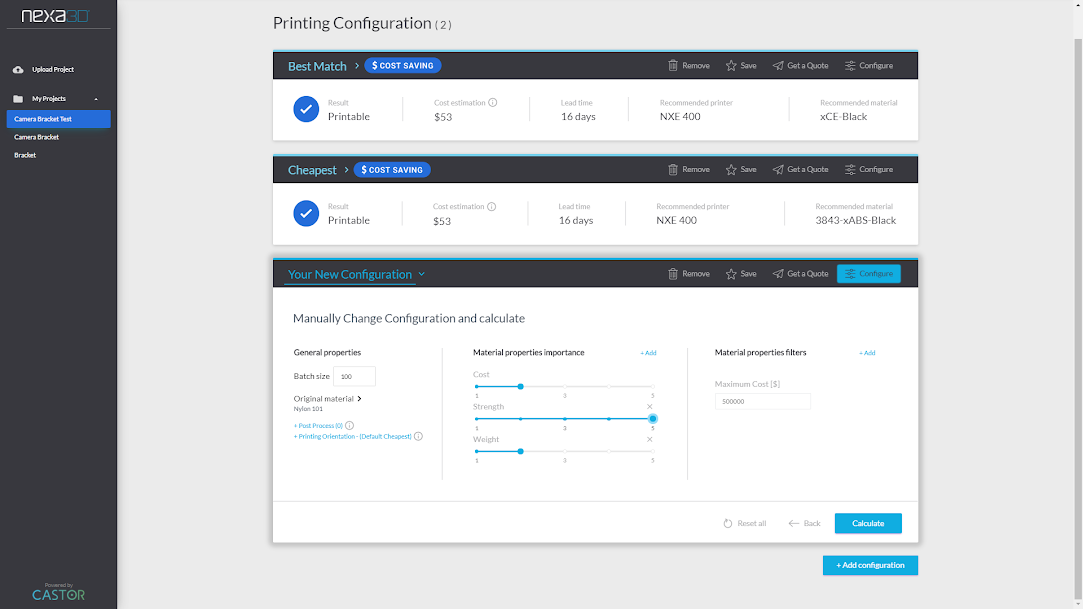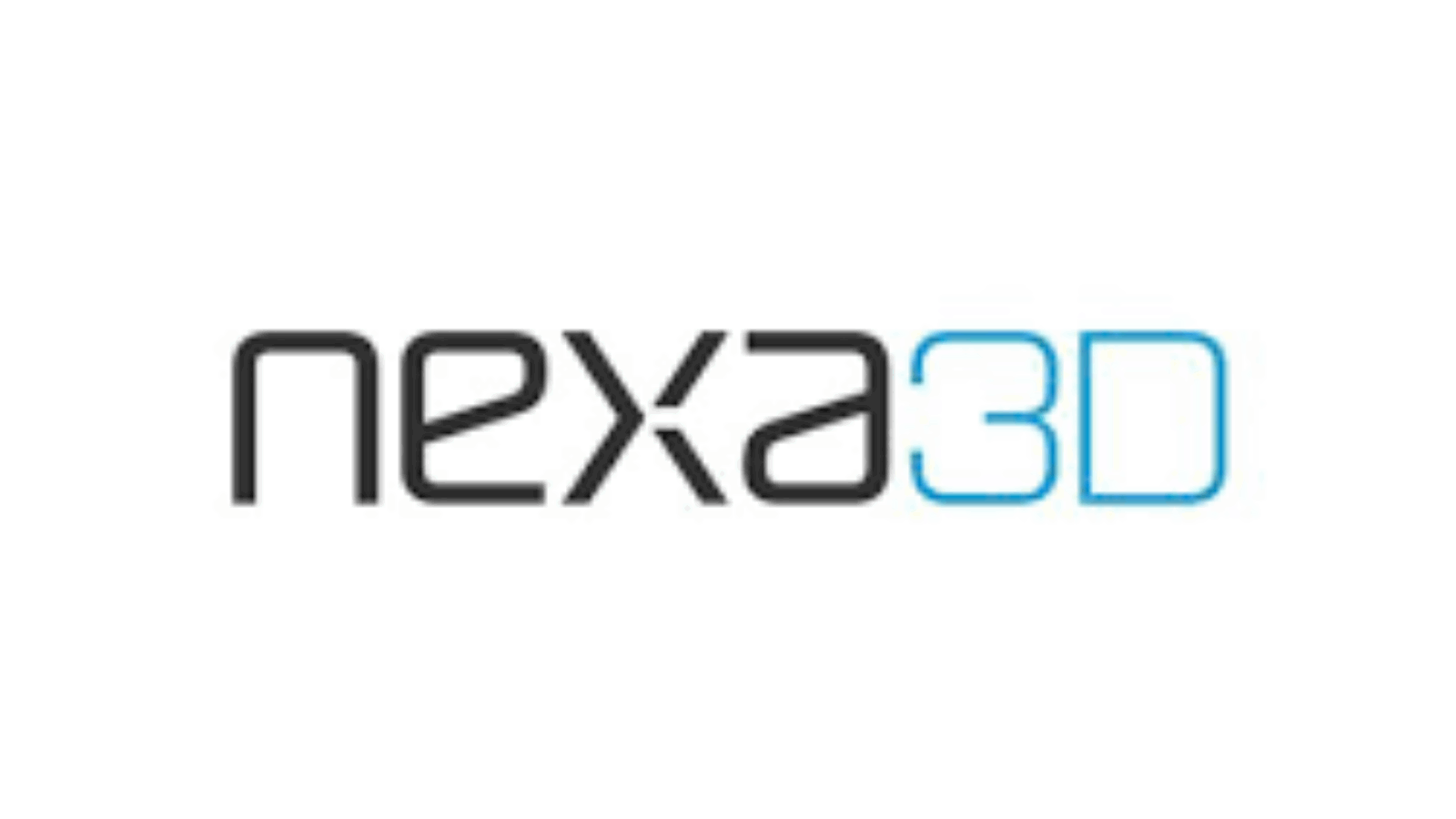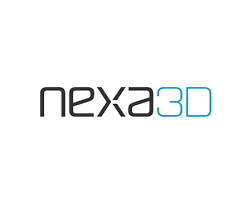3D printer manufacturer Nexa3D has collaborated with software developer CASTOR to launch a new “Ximplify” cost analysis tool for the additive manufacturing of parts.
Launched as part of Nexa’s evolving ‘NexaX’ digital twin platform, Ximplify combines process and geometric algorithms with a proven workflow to identify parts that can be optimized by 3D printing. The “Decision Support Portal” can scan any CAD file and provide users with a complete analysis of part cost and return on investment within a few minutes.
Avi Reichental, co-founder, chairman and CEO of Nexa3D, said: “We are very happy to work with CASTOR.” Ximplify will quickly discover opportunities to migrate tool plastic parts to timely on-site additive polymer production in order to seek simplicity. Companies in their supply chain provide cost advantages. ”
Nexa’s online product ecosystem
Founded in 2016 and headquartered in California, Nexa3D is the most famous manufacturer of polymer-based 3D printers. The company introduced its proprietary sub-lubrication layer light curing (LSPc) and quantum laser sintering (QLS) print engines several years ago, and has since focused on enhancing its materials and software products to complement it.
Nexa, in cooperation with global chemical company Henkel, has recently developed a new ABS resin for SLA 3D printing and a series of medical-grade polymers. The company has also invested in the preparation of Industry 4.0 through its partnership with Siemens. Starting in 2021, it will provide process monitoring and optimization tools for Nexa’s QLS system.
In addition to integrating Siemens software into its machines, Nexa has also released its own NexaX Digital Twin Printing (DTP) brand program. The company’s new online platform provides the use of interactive algorithms to “optimize the entire 3D printing process” to ensure consistent part performance while minimizing material usage and waste.
Nexa, in collaboration with CASTOR, an experienced software provider, has now added the Ximplify tool to its rapidly growing NexaX product portfolio, which reflects the shift in its approach from process management to part cost analysis.

Part cost analysis enables Ximple
Nexa has released its automated web application designed to make it easier for designers and manufacturers to adopt 3D printing technology more widely. Therefore, Ximplify aims to reduce the risk of switching to additive manufacturing by allowing users to evaluate the profitability of changes before making changes, shorten lead times and ultimately reduce costs.
The online tool itself uses computational algorithms and an end-to-end verification workflow to identify processed plastic parts that can benefit from 3D printing. The user only needs to upload the 3D model of the plastic object to the Ximplify website. Its CAD-independent system can complete the rest and scan thousands of materials within a few minutes.
In addition to suggesting how to optimize parts, Ximplify also suggests ideal processes, systems and polymers. In addition, users receive an automated report at the end of each session, which provides them with all the information they need for navigation decisions and implementation processes.
Omer Blaier, co-founder and CEO of CASTOR, said: “We are very happy to combine the powerful functions of decision support software with Nexa3D’s digital twin software platform, thereby bringing benefits to designers and engineers.” “We will Nexa3D Considered as a company with similar interests and values, and we are taking another step towards the sustainable digitization of the global supply chain.”
The benefits of marketing 3D printing
As the cost advantages of using 3D printing for small-batch production have become increasingly apparent, many companies have launched dedicated software to sell these potential benefits to customers.
After successfully completing the software trial, 3Diligent opened the Beta version of its ProdEX and Shopsight applications to all qualified users in August 2020. The online platform connects engineers and buyers with manufacturers from all over the world.
Technical solutions expert Etteplan provides AMOTool, a free online application that can calculate the production cost of switching to 3D printing. The system only uses sophisticated metal 3D printing methods to provide users with fast and risk-free assessments.
Elsewhere, metal 3D printer developer Optomec has launched a new return on investment (ROI) evaluation tool. The cost calculator is based on the company’s own experience in maintenance and repair operations (MRO), allowing it to accurately assess the cost of 3D printed laser cladding and gas turbine components.



Leave A Comment